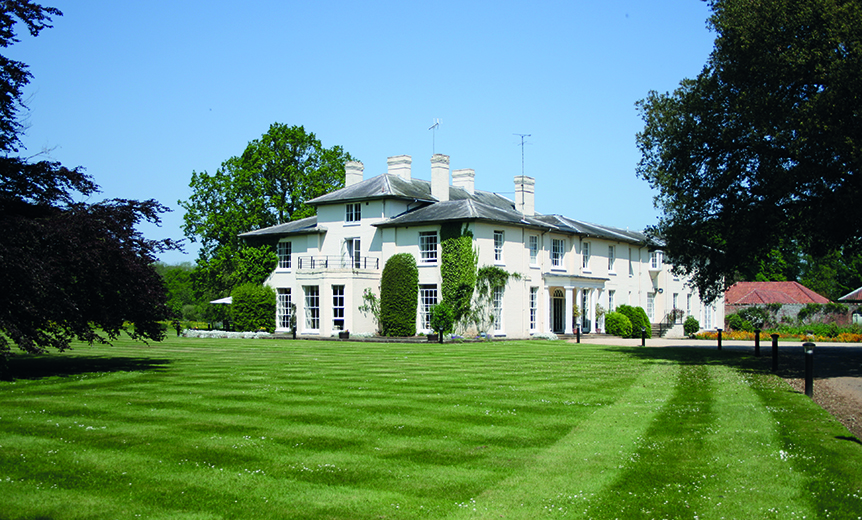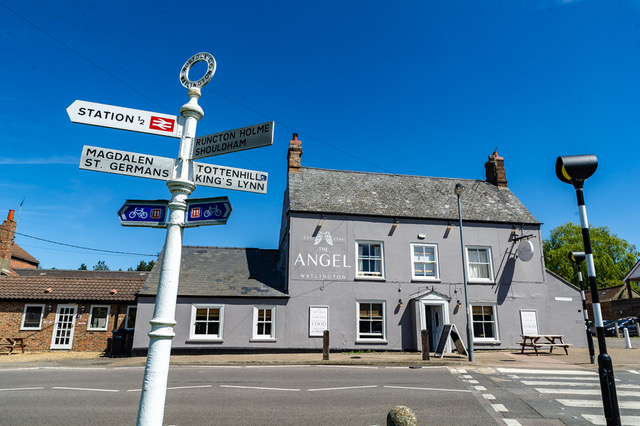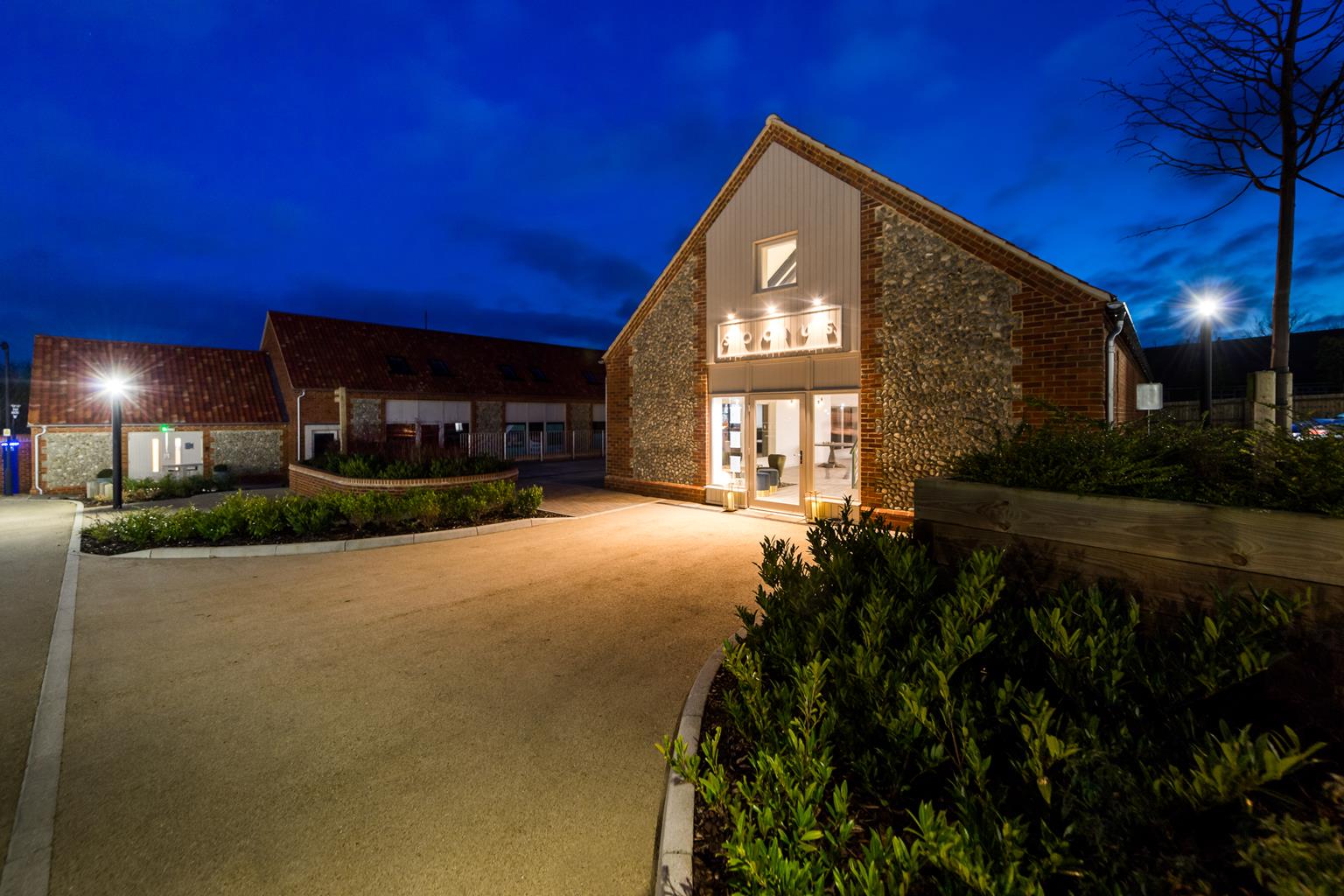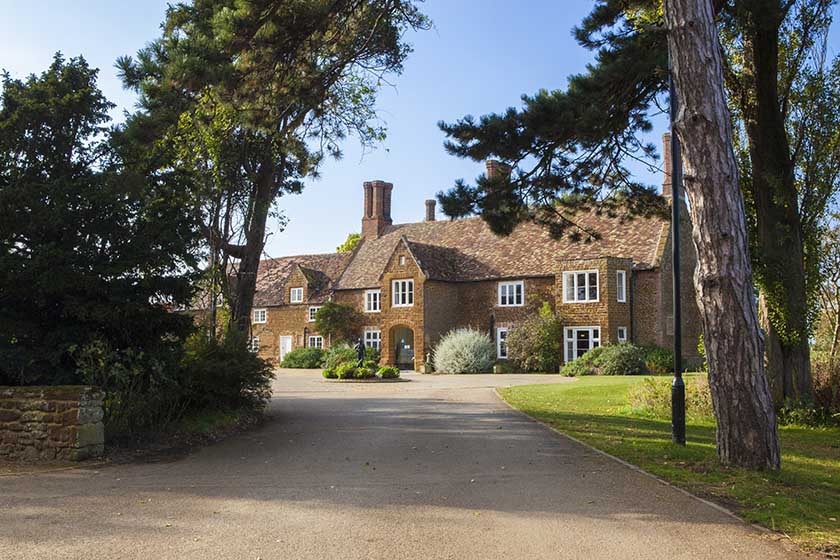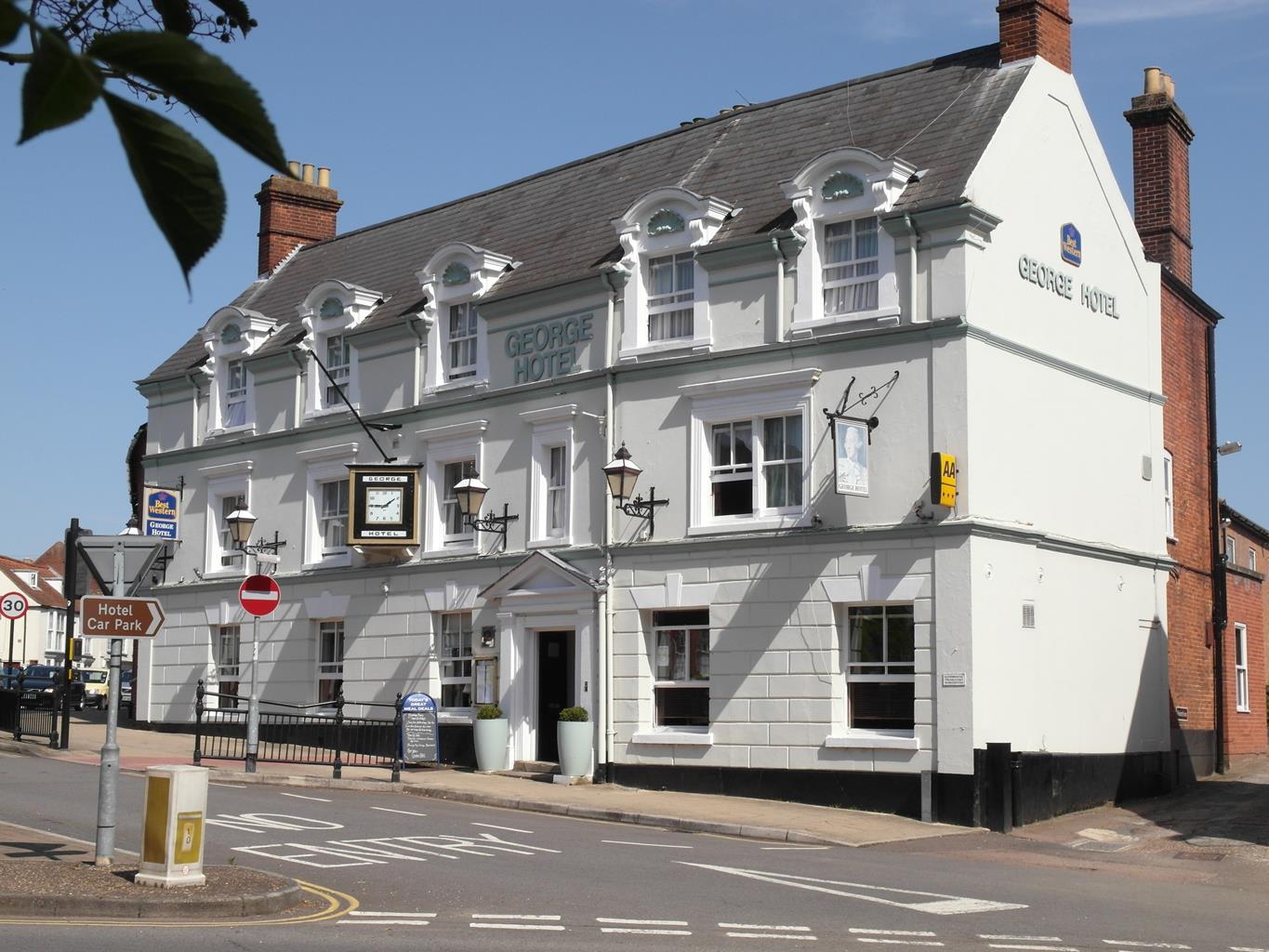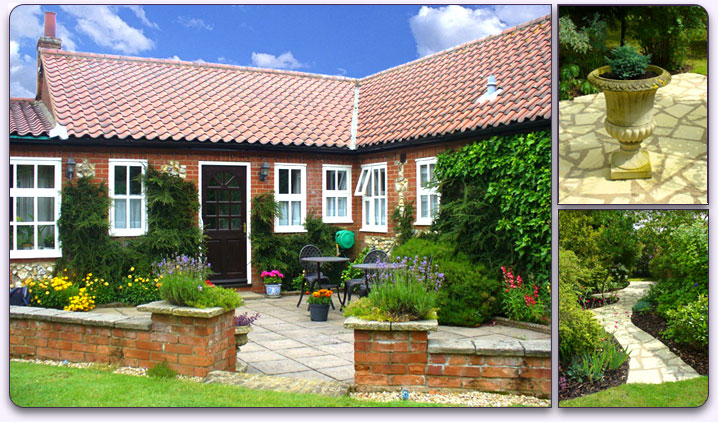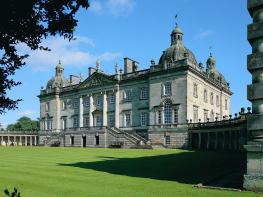Nightingale Cottage sleeps up to four people. There's electric heating throughout and an open…
Around Castle Acre

A walk between Castle Acre and West Acre, once dominated by religious houses.
6.5 miles (10.4kms)
About the walk
Castle Acre was founded as a daughter Cluniac priory to that at Lewes, in Sussex, and was richly endowed. Trouble erupted as Cluny sought to retain control, but the Norfolk clerics resisted. Things came to a head in 1283, when Prior William discovered that he had been replaced by Benedict of Cluny. William fortified Castle Acre Priory to keep the detested Benedict out. It’s easy to imagine poor Benedict standing outside while you explore these remains.
Exploiting an asset
Castle Acre Priory was the proud owner of the severed arm of St Philip, which generated a constant stream of generous pilgrims during medieval times. Folk came from near and far to pay homage to the relic, and to ask for boons and cures, and most left a gift of some kind behind. This made the priory wealthy, along with an Indulgence granted by Pope Boniface IX in 1401, which saw even more penitents arriving at its doors. But interest in relics and pilgrimages waned and, by 1533, the revenue from visitors was down to a mere ten shillings per year. Few ripples were caused when the last prior signed away his monastery to Henry VIII.
During its heyday, Castle Acre Priory was one of the finest monasteries in East Anglia, and even today, when most of it comprises crumbling ruins and the foundations of walls in the grass, it is impressive. The site was enormous and was basically a self-contained village. It had bakeries and kitchens, pantries, butteries and wine cellars, and even its own brewery. Standing proudly amid all this was the priory church, and you can see how grand it must once have been by looking at its magnificent west front today. Its dimensions are cathedral-like, with some of the most ornate carving anywhere in the county. There were also dormitories and refectories, and – something children seem to find fascinating – a long, multi-seated latrine over a small stream that provided some fairly respectable sanitary arrangements compared to those at the castle down the road.
Walk directions
From the green, walk along the lane past St James' Church until you reach the entrance to the priory. Bear right around the corner and then left, after a few paces, down the wide track signed 'Nar Valley Way'. Continue until you reach a bend of the River Nar.
At the river, turn left and go through the kissing gate along the trail waymarked with a Nar Valley Way disk. Walk alongside a hedge past a wet meadow, with the River Nar to your left, and enter a wood. Keep to this grassy track, continuing through the wood until you reach a gate. Cross the footbridge and keep straight ahead along a boardwalk to another footbridge over the River Nar, with the old Mill House on your left. When you reach a lane with a ford on your right, go straight across to the signed path opposite and walk along a woodland track, looking for glimpses of West Acre priory ruins ahead to the left across fields.
Just before reaching a large gate, turn sharp left along a footpath that leads across fields alongside a fence and a hedge. The ruins of West Acre priory are clearly visible to the right. Follow this footpath for 0.25 miles (400m) until you reach a lane. Cross the lane and take the footpath opposite (not the bridleway on your left). Go up a hill, under power lines and past a wood. At the crest of the hill you reach a junction.
Turn left onto the bridleway and continue straight ahead at two crossroads. Look for deer and shy game birds, and note the prairie-style fields to the left and right.
Turn left at the third crossroads, onto an ancient drove road used in Roman times, passing Bartholomew's Hills Plantation on your right. Keep walking uphill along this sandy track until you see Castle Acre Priory and St James' Church through the trees ahead. As you descend, go under the power lines again, and meet a lane at the foot of the hill.
Go straight ahead on the lane, which is part of the Peddars Way. At the next junction go straight on again, down the lane marked 'Ford – Deep Water'. Walk past Church Farm on your right to reach a pebble-bottomed river and a ford. Through the trees you will glimpse splendid views of the priory to your left. Cross the river and continue walking along this tiny lane until you see an acorn sign marking the Peddars Way.
Turn right along the Peddars Way and keep walking straight ahead until you see a sign for Blind Lane, just after another road joins from the left. Turn left at the junction, then right into Cuckstool Lane, with the castle to your left. Follow the grassy path, which skirts around the castle bailey, climbing steeply to arrive at a lane.
Turn left and walk along the lane, past the village hall and old Bailey gate, to the village green.
Additional information
Footpaths, trackways and some tiny country lanes; can be very muddy, nettles, some steps
Wooded river valley, open fields
Can run free, but should be on lead on farmland
AA Leisure Map 6 North West Norfolk
On road by village green, Castle Acre
Priory Road, near entrance to Castle Acre Priory
WALKING IN SAFETY
Read our tips to look after yourself and the environment when following this walk.
Find out more
Also in the area
About the area
Discover Norfolk
The North Norfolk Coast is designated an Area of Outstanding Natural Beauty and probably the finest of its kind in Europe. Here you’ll find a string of quaint villages and small towns – Holkham, Wells-next-the-Sea and Cley next the Sea are 21st-century favourites, while Sheringham and Cromer are classic examples of a good old-fashioned seaside resort where grand Victorian hotels look out to sea. Further round the coast you'll find Great Yarmouth, one of the most popular resorts in the UK and packed full of amusements, shops and seashore entertainment. And let's not forget Norwich, the region's only city.
Norfolk prides itself on its wealth of historic houses, the most famous being Sandringham, where Her Majesty the Queen and her family spend Christmas. Many of Norfolk’s towns have a particular charm and a strong sense of community. The quiet market towns of Fakenham and Swaffham are prime examples, as well as Thetford, with its popular museum focusing on the TV comedy series Dad’s Army which was filmed in the area.
Nearby stays
Restaurants and Pubs
Nearby experiences
Recommended things to do
Why choose Rated Trips?
Your trusted guide to rated places across the UK
The best coverage
Discover more than 15,000 professionally rated places to stay, eat and visit from across the UK and Ireland.
Quality assured
Choose a place to stay safe in the knowledge that it has been expertly assessed by trained assessors.
Plan your next trip
Search by location or the type of place you're visiting to find your next ideal holiday experience.
Travel inspiration
Read our articles, city guides and recommended things to do for inspiration. We're here to help you explore the UK.

